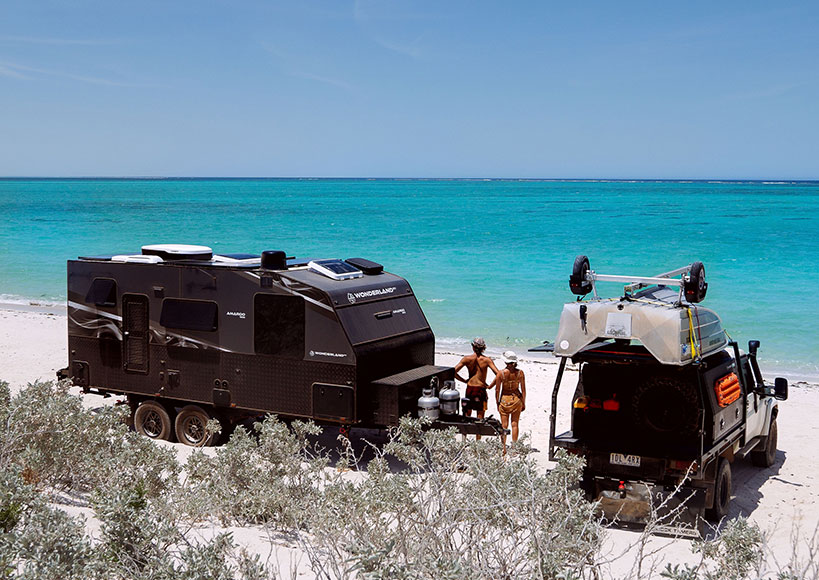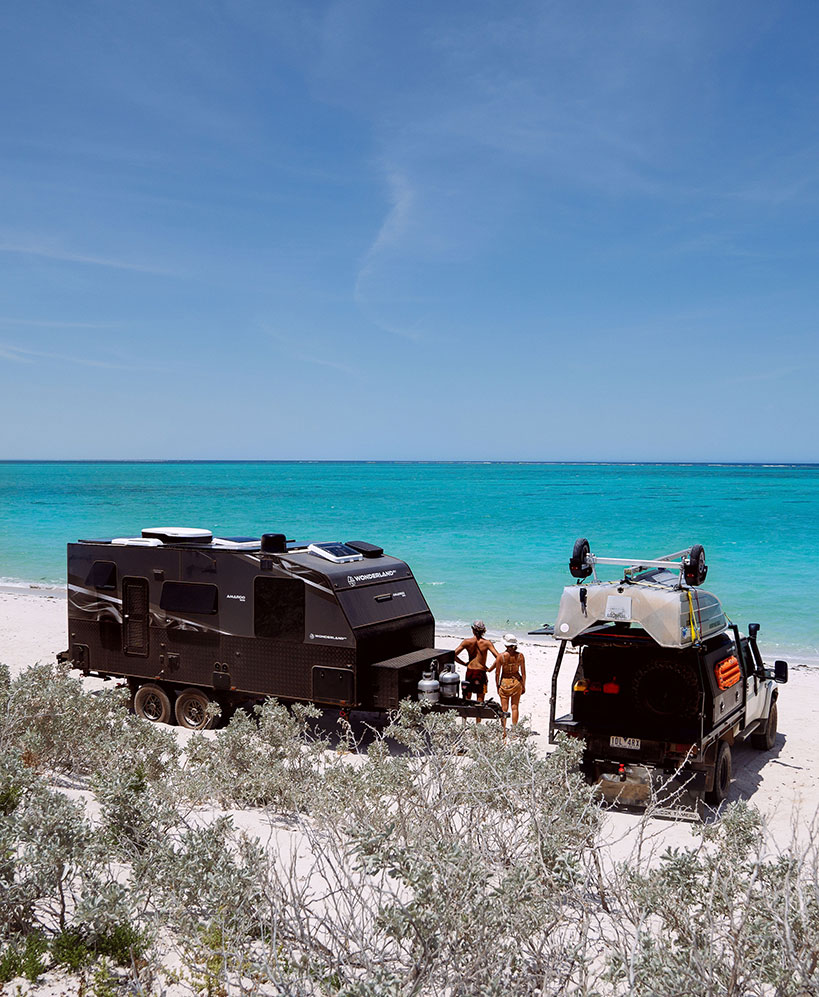Tips & Articles
Complete Buyers Guide To 4WD Lighting
When you’re heading off the beaten track, fitting the best set of 4WD lights makes all the difference. If you’re struggling to see as you navigate the roads or your camps... Read more
Complete Buyers Guide To Camp Cooking Equipment
Cooking on your camping trip is a breeze with the right camping stove and appliances. No matter your cooking style, there’s a plethora of camping stoves and grills , por... Read more
Complete Buyers Guide to Caravan Water Tanks
You’re lounging in an armchair and enjoying the hot, summer sun when suddenly you feel a tickle in your throat. Starting to feel the sensation of thirst begin to form in ... Read more
Top Caravan Upgrades To Transform Your Home On Wheels
A caravan can provide a comfortable home on wheels and convenient way to travel and explore the great outdoors. But just like improvements on your car or home, caravan up... Read more
Complete Guide to Caravan Waste Management
With great adventures comes great responsibility, especially when it comes to minimising our impact on the Aussie landscape we cherish. As caravan and RV enthusiasts, we ... Read more
The 10 Most Unique Caravan Parks In Australia
Australia boasts a vast array of caravan parks, numbering in the thousands, each offering something different. The hard part is deciding which caravan parks in Australia ... Read more
Dometic Inflatable Tents & Awnings: Full Review Inside
Dometic have been in the inflatable tent game for some time now and their range is nothing short of exceptional. They have designed a range of inflatable camping products... Read more
Running Your Caravan Air Conditioner On 12V Battery Power
Picture this: It’s a scorching summer afternoon, you're parked in a stunning off-grid location, but the heat is relentless — and your air con isn’t running. Sound fam... Read more
Complete Buyers Guide to Caravan Air Conditioners
Whether you're navigating the red dust of the outback or chasing sea breezes along Australia’s sun-drenched coastline, one thing is for sure, a reliable caravan air c... Read more
Complete Buyers Guide To 4WD Battery Systems
Planning to power appliances like fridges, lights, or even a winch from your 4WD? Whether you're heading off-grid for the weekend or setting up a serious touring rig,... Read more
Complete Buyers Guide To Camping Power Stations
In an age where our connection to the great outdoors often goes hand in hand with our reliance on technology, the concept of camping has evolved. As campers, we cherish t... Read more
Complete Buyers Guide To Caravan Skylights & Caravan Hatches
A caravan skylight can make a huge difference to your caravan interior. It brings natural light and illumination, while reducing energy consumption. Many caravan skyligh... Read more




